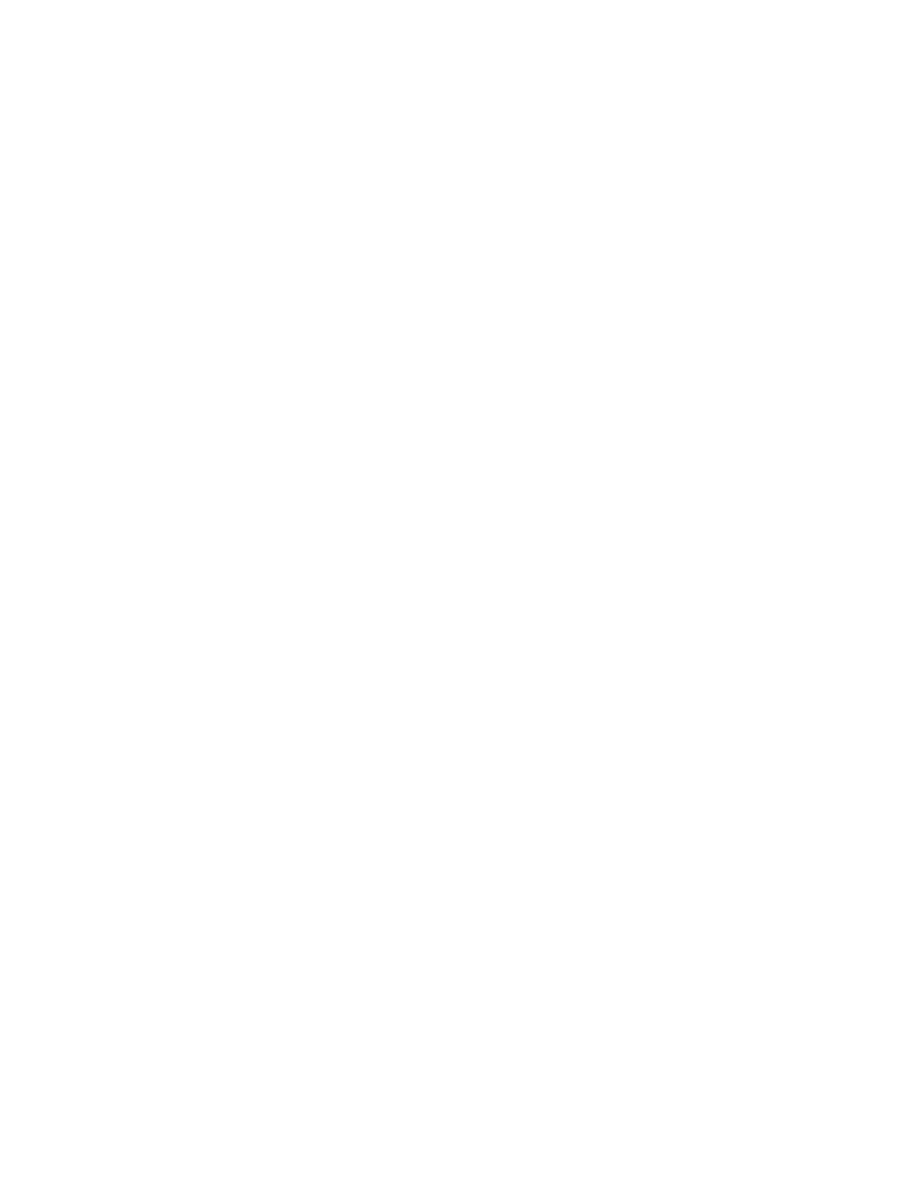Regal V6-191 3.1L VIN M SFI (1995)

Fuel Supply Line: Service and Repair
Fuel Supply/Return/or Emissions Pipe Service
NOTICE:
^
When replacing fuel pipes, always replace them with original equipment or parts that meet the GM specifications for those parts. The replacement
pipes must have the same type of fittings as the original pipes to ensure the integrity of the connection.
^
Do Not use copper or aluminum tubing to replace steel tubing. Only tubing meeting the 124M specification or its equivalent is capable of meeting
all pressure and vibration characteristics necessary to ensure the durability standard required.
^
When replacing fuel hoses or repairing fuel pipes with hoses, always replace them with original equipment or parts meeting GM specifications, use
only reinforced fuel-resistant hose which is identified with the word "Fluoroelastomer or "GM 6163-M" on the hose. Inside hose diameter must
match outside pipe diameter.
^
Do Not use rubber hose within 100 mm (4") of any part of the exhaust system or within 254 mm (10") of the catalytic converter.
^
A minimum of 13 mm (1 / 2") clearance must be maintained around sharp edges such as flanges, pinch welds, etc., to prevent contact and chaffing.
A minimum of 19 mm (9 - 3 / 4") clearance must be maintained around all moving parts.
^
If more than a 6 inch length of pipe is removed, use a combination of steel pipe and hose so that the total hose lengths, including the 100 mm (4")
additional length will not be more than 254 mm (10") long. Follow the same routing as the original pipe.
^
Cut ends of pipe remaining on vehicle square with a tube cutter. Using the first step of a double flaring tool, form a bead on the end of both pipe
sections. If pipe is too corroded to withstand the beading operation without damage, the pipe should be replaced. If a new section of pipe is used,
form a bead on both ends of it also.
^
Use screw-type clamp No. 2494772 or equivalent. Slide clamps onto pipe and push hose 51 mm (2") onto each portion of fuel pipe. Tighten
clamps on each side of repair.
REMOVE OR DISCONNECT
1. Negative battery cable.
2. Relieve fuel system pressure. Refer to Fuel System / Service and Repair. See: Service and Repair
Clean
^
Clean all chassis fuel feed and return pipe connections and surrounding areas before disconnecting to avoid possible contamination of the fuel
system.
3. Chassis fuel feed and return pipe assemblies from engine compartment connecting fuel feed and return pipes quick-connect fittings.
4. Raise vehicle.
5. Chassis fuel feed pipe from outlet side of in-pipe fuel filter.
6. Chassis fuel return pipe from chassis to fuel sender return pipe / hose quick-connect fittings.
7. Body clip attaching screws, body clips, vapor pipe and fuel feed and return pipes from under body.
8. Vapor pipe and fuel feed and return pipe coupler.
^
Note position of coupler for installation.
9. Desired pipe to be replaced or repaired from body clips.
^
Note position of fuel pipe to be removed for installation.
Inspect
^
Pipes for bends, kinks and cracks. Repair or replace pipe or pipes as required.
-
In the repairable areas, cut a piece of fuel hose 100 mm (4") longer than portion of the pipe removed. If more than a 152 mm (6") length of
pipe is removed, use a combination of steel pipe and hose so that the total hose lengths, including the 100 mm (4") additional length will not be
more than 254 mm (10") long.
INSTALL OR CONNECT
1. Position new or repaired fuel pipe or pipes in body clips, as noted during removal.
2. Position coupler on EVAP pipe and fuel feed and return pipes as noted during removal.
3. EVAP pipe and fuel feed and return pipes on under body with body clips and attaching screws.
4. Fuel chassis return pipe to chassis to sender connecting fuel return pipe assembly quick-connect.
5. Chassis fuel feed pipe to outlet side of in-line fuel filter.
Tighten
^
In-pipe fuel filter fitting to 30 Nm (22 lb. ft.).
6. Lower vehicle.
7. Engine compartment connecting fuel feed and return pipes to chassis fuel feed and return pipe quick-connect fittings.
